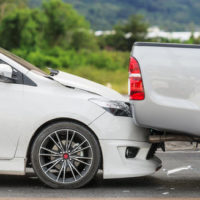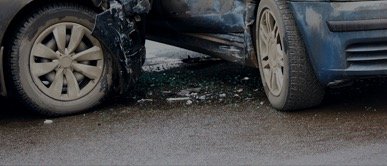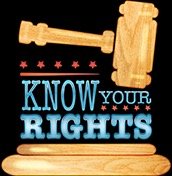Is Fault Automatic in Rear-End Collision Cases?

You may have heard that when there is a rear-end accident, the person doing the rear-ending is always at fault. While this is true in most rear-end collision cases, it is not always the case. If you were involved in a rear-end collision in Tampa or Petersburg, you may be worried about what that means for you. However, if you suspect that you would not have rear-ended the other driver had it not been for his or her negligence, stop worrying and reach out to a skilled Tampa car accident lawyer right away. An attorney can examine the evidence of your case, determine whether or not you are liable for the accident, and help you begin building a solid defense.
Understanding the Concept of Negligence
First and foremost, it is important that you understand the theory of negligence. You cannot have a car accident claim without at least one negligent driver. In order to establish negligence, you need to establish the following:
- That the other driver owed you a duty of care;
- That he or she breached said duty;
- That the breach of duty caused the accident; and
- That the accident resulted in actual damages.
Proving duty is simple, as all drivers have a duty to operate with care. Drivers may breach their duty in a number of ways. Some of the most common include:
- Failing to adhere to traffic signals;
- Failing to stop within a reasonable time;
- Failing to pay attention to their surroundings;
- Failing to maintain a safe speed;
- Failing to maintain a safe distance between themselves and the vehicles in front of them;
- Failing to use their turn signals; and
- Failing to yield the right of way.
Finally, you need to show that the breach caused the accident and that the accident left you with serious damages. Damages can be in the form of injuries, property damage, lost wages, medical bills, pain and suffering, or all of the above.
Establishing Fault in Rear-End Accidents
Most rear-end accidents occur when a driver is following another vehicle too closely at an unsafe speed. In these instances, the rear-ender is always at fault. However, in some cases, the person driving the lead vehicle may be held partially or fully responsible for the incident. This can happen in any one of the following scenarios:
- A lead driver brakes but his or her brake lights do not work;
- A lead driver reverses suddenly;
- A lead driver gets a flat or experiences some other mechanical issue and he or she does not pull over to the side of the road or engage his or her hazards; or
- A lead driver stops suddenly to perform a turn but fails to execute the turn.
In many rear-end collision cases, fault lies strictly with the tailing driver or is split between the lead driver and the tailing driver. However, in the aforementioned scenarios, the lead driver may be held 100 percent liable. At the very least, the lead driver may assume a majority of the responsibility for the accident and be forced to pay for some of the other driver’s damages. This type of arrangement is made possible by Florida’s pure comparative negligence theory, under which damages diminish in proportion to the amount of fault assigned to the claimant. If you are the defendant and a greater percentage of fault is assigned to the claimant, you will not be forced to pay for any damages and, in fact, may be entitled to damages yourself. However, you would need to file a claim of your own in order to win said damages.
Consult a Tampa Car Accident Attorney
Just because you rear-ended someone does not mean that you are automatically responsible for the accident. Depending on the circumstances of the accident, the other driver may be held partially or fully responsible. You cannot know for sure, however, unless you consult a skilled Tampa car accident lawyer. Call Barbas, Nuñez, Sanders, Butler & Hovsepian today to schedule your free consultation.




